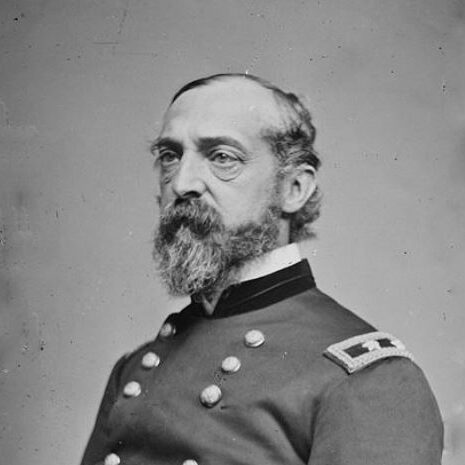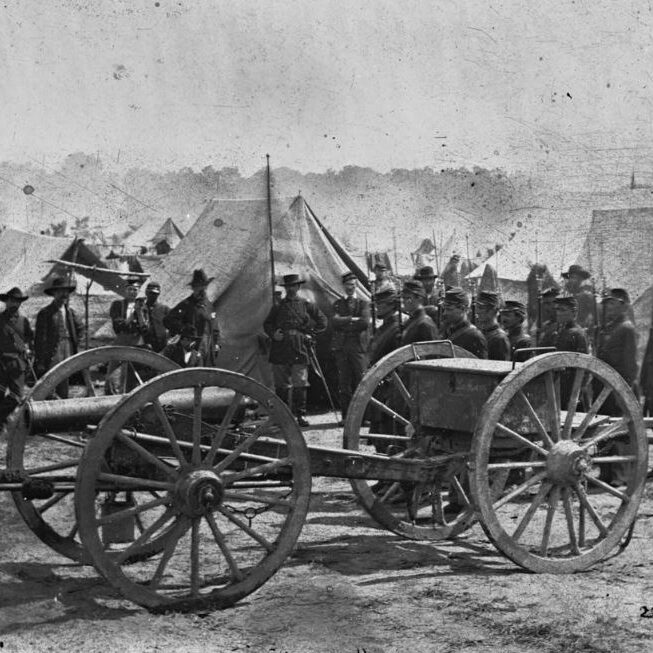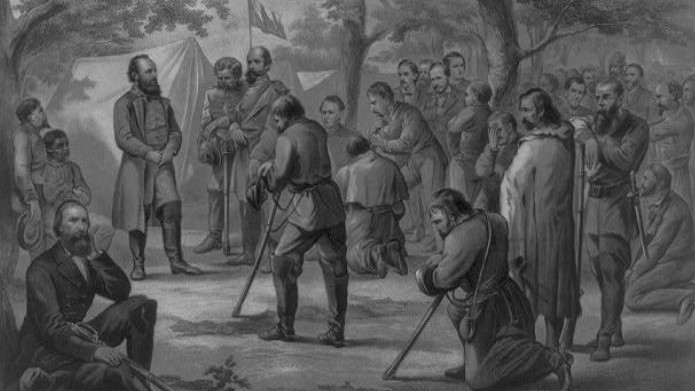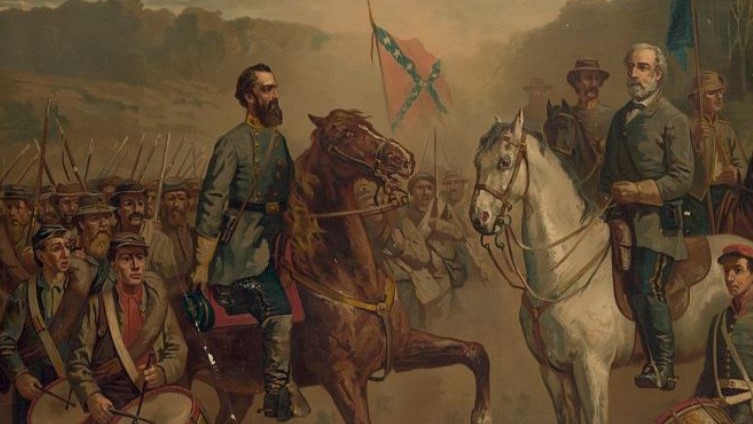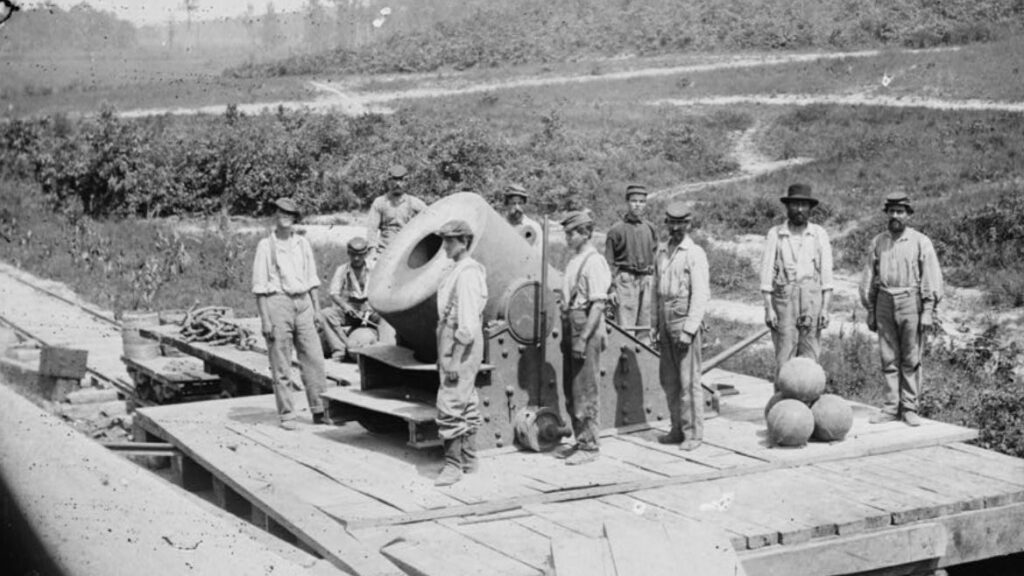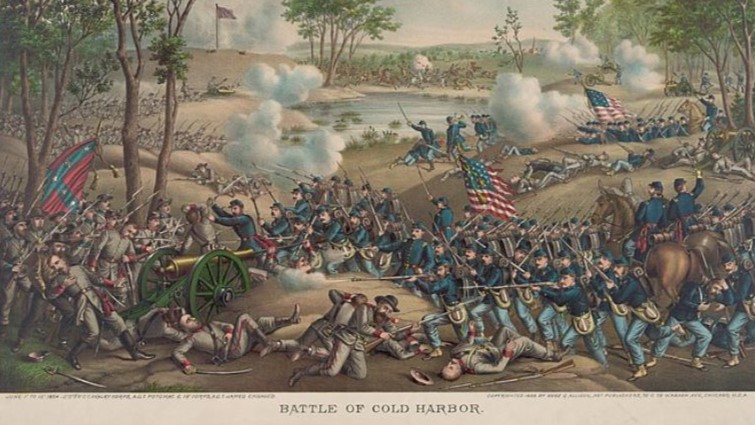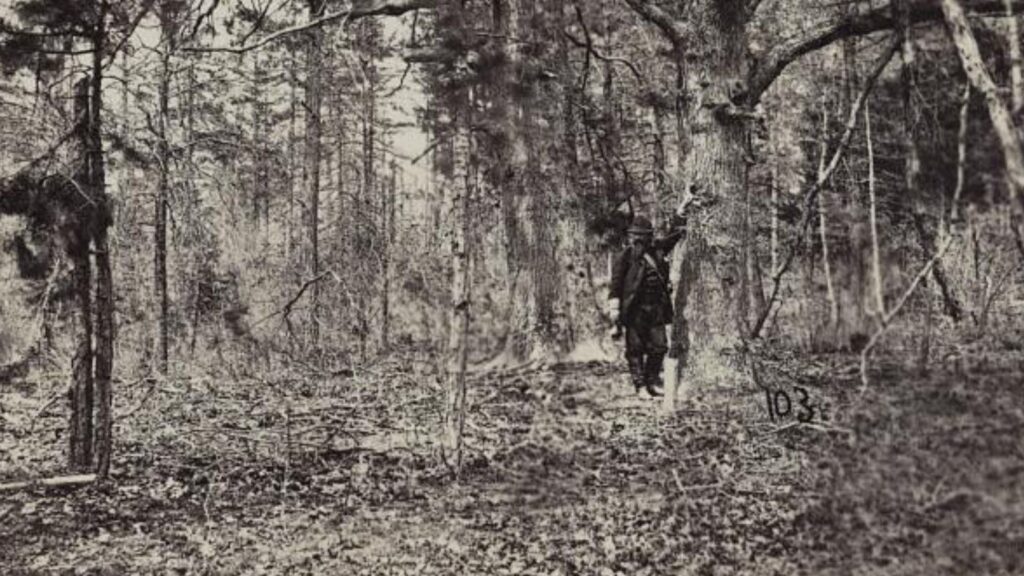General George G. Meade is one of the most important yet underrated Union generals of the Civil War. While names like Ulysses S. Grant and William T. Sherman rightly loom large, Meade’s role proved pivotal in defending the nation’s survival.
At the war’s climactic Battle of Gettysburg in 1863, General George G. Meade commanded the Army of the Potomac to a monumental victory that turned the tide against Robert E. Lee’s invasion of the North.
Read on to learn about General George G. Meade’s rise to this defining moment, the tactical decisions that led to his greatest triumph at Gettysburg, and his steadfast leadership of the Army of the Potomac through to the Confederacy’s ultimate surrender. This often overlooked Union hero deserves his place in the spotlight.
1. General George G. Meade’s Rise to Command of the Army of the Potomac
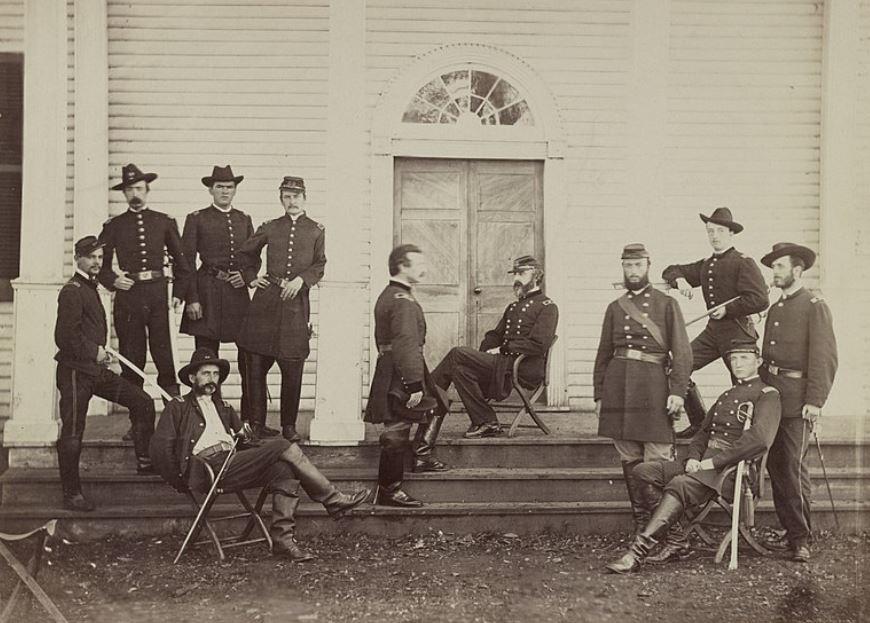
George G. Meade had an extensive military background that prepared him for his famous Civil War role:
- He graduated from the prestigious U.S. Military Academy at West Point in 1835. His first taste of combat came in the Seminole Wars in Florida, where he served protecting settlers from Native American attacks.
- During the Mexican-American War from 1846-1848, Meade distinguished himself through brave service. He was appointed as a staff officer after the Battle of Monterrey, recognizing his capabilities.
When the Civil War erupted in 1861 between the Union and Confederacy, General George G. Meade’s experience was desperately needed:
- He was appointed a brigadier general of volunteers, taking command of the Pennsylvania Reserves division comprised of over 12,000 men.
- Meade led his brigade under Major General George B. McClellan in the Peninsula Campaign in 1862. He saw intense action at the battles of Gaines’s Mill and Glendale during the brutal Seven Days Battles.
- After proving himself, Meade was given full command of the Pennsylvania Reserves division for the rest of the campaign.
Over the next year, General George G. Meade continued establishing himself as a talented leader of the Army of the Potomac:
- At the Battle of Antietam in September 1862, Meade’s division played a pivotal role, fiercely attacking and piercing the Confederate lines, despite heavy losses.
- He directed his forces with distinction at the Battles of Fredericksburg in December 1862 and Chancellorsville in May 1863 under General Joseph Hooker’s Army of the Potomac command.
- Just three days before the monumental Battle of Gettysburg in July 1863, Meade was unexpectedly appointed to command the entire Army of the Potomac numbering around 90,000 men. This came after Hooker resigned following his Chancellorsville defeat.
With General Robert E. Lee’s Confederate Army invading Pennsylvania, the stakes were immense as General George G. Meade took the reins of the Union’s principal force tasked with repelling the invasion. This set the stage for General George G. Meade’s defining, heroic moment.
2. The Battle of Gettysburg – General George G. Meade’s Defining Moment
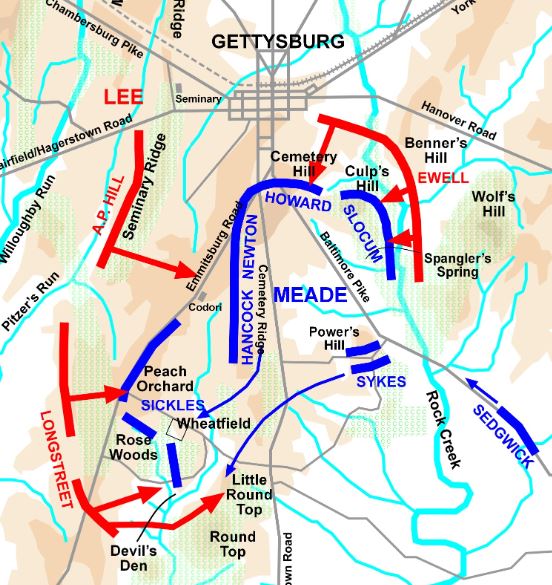
Thrust into command just days before the Battle of Gettysburg, General George G. Meade had to quickly take the reins of the Army of the Potomac numbering around 90,000 men.
He skillfully maneuvered his forces to strategically take up defensive positions on the high ground around the small Pennsylvania town.
From July 1-3, 1863, General George G. Meade’s forces fought off repeated attacks from Lee’s Confederate Army of Northern Virginia.
General George G. Meade employed solid defensive tactics and capitalized on errors by the overconfident Lee. His leadership and the bravery of his soldiers resulted in decisive repulses of Pickett’s Charge and other Confederate assaults.
The key moments of General George G. Meade’s tactics at Gettysburg included:
- Quickly redeploying his forces on the high ground around the town as the battle unexpectedly commenced
- Anchoring the defensive Union line on Cemetary Ridge and Culp’s Hill
- Committing forces at the right time to reinforce exposed positions like Little Round Top
- Allowing Lee’s forces to attack his firm defensive lines rather than overextending
- Capitalizing when Lee mistakenly ordered the doomed Pickett’s Charge
The Battle of Gettysburg was the bloodiest of the Civil War with over 50,000 casualties, but Meade’s victory shattered Lee’s invasion and marked a huge turning point. The results were:
- Lee’s first invasion of the North was repulsed after the three-day battle
- The Confederacy was put on the defensive and never seriously threatened Union soil again
- Though it took nearly two more years of fighting, this crucial Union victory paved the way for final defeat of the rebel forces
Meade’s leadership, tactical mastery, and the courage of his army achieved one of the Civil War’s most decisive victories against long odds.
To find out if General Lee could have won the Battle of Gettysburg read here.
3. General George G. Meade’s Continued Leadership to the End of the War

Despite his momentous victory at Gettysburg, General George G. Meade drew heavy criticism from President Abraham Lincoln for not aggressively pursuing and trying to destroy Lee’s army as it retreated back to Virginia.
President Lincoln felt General George G. Meade missed an opportunity to potentially end the war in 1863.
However, General George G. Meade retained command of the Army of the Potomac for the duration of the conflict, though he was increasingly overshadowed by the rise of Ulysses S. Grant as general-in-chief of all Union armies in 1864.
During Grant’s Overland Campaign that year against Lee’s forces in Virginia, General George G. Meade led the Army of the Potomac in several crucial bloody battles:
- The Wilderness (May 1864)
- Spotsylvania Court House (May 1864)
- Cold Harbor (June 1864)
As Grant applied unrelenting pressure on Lee’s forces around the Confederate capital of Richmond and Petersburg, General George G. Meade continued to direct the Army of the Potomac in its role of containing and battering Lee’s shrinking army.
The long campaign finally reached its climax in April 1865 when:
- Lee’s depleted, outnumbered forces were compelled to abandon Richmond
- Meade pursued and helped cut off the Confederate supply lines
- Meade was present at the Appomattox Court House when Lee ultimately surrendered to Grant, effectively ending the Civil War after four years of bloody conflict
Meade’s discipline and tactical skill commanding the Union’s principal eastern army was critical to the North’s ultimate triumph in the bloody conflict that preserved the United States of America as one nation.
4. General George G. Meade’s wartime legacy
General George G. Meade’s greatest legacy and claim to fame was his command of the Army of the Potomac at the Battle of Gettysburg in July 1863. This was the Civil War’s bloodiest battle and a decisive turning point. Gettysburg ended Lee’s invasion of the North and put the Confederacy permanently on the defensive
While criticized by Lincoln for not pursuing Lee more aggressively after Gettysburg, Meade’s victory there has gone down as one of the most important in American military history. It marked the “high water mark” of the Confederacy’s doomed cause.
Beyond Gettysburg, Meade led the Army of the Potomac ably for the rest of the war, where he directed the army in Ulysses S. Grant’s grueling 1864 Overland Campaign and was present at Lee’s surrender at Appomattox in 1865, the effective end of the war.
While overshadowed by the reputations of Grant, Sherman and others, General George G. Meade’s leadership of the Army of the Potomac played a pivotal role in the Union’s ultimate victory preserving the United States. His legacy rests primarily on his iconic triumph over Lee at Gettysburg’s decisive battle.
Further Reading
If you enjoyed this article, you may be interested to read about other American Civil War events, such as battles in Virginia, Maryland and North Carolina or more general American history.

